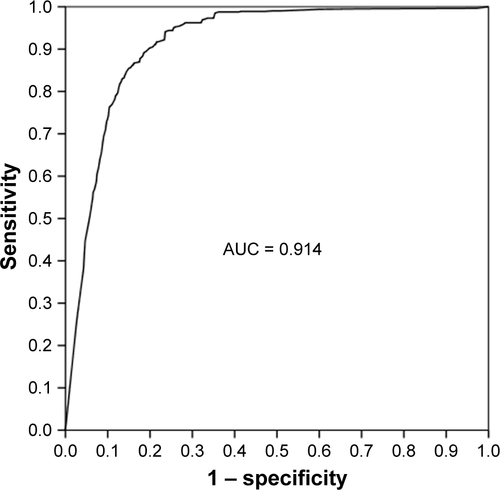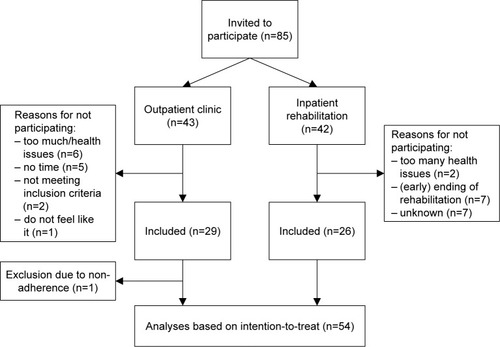Figures & data
Figure 1 Content of ACCESS.
Abbreviations: ACCESS, Adaptive Computerized COPD Exacerbation Self-management Support; SpO2, peripheral capillary oxygen saturation; FEV1, forced expiratory volume in one second.
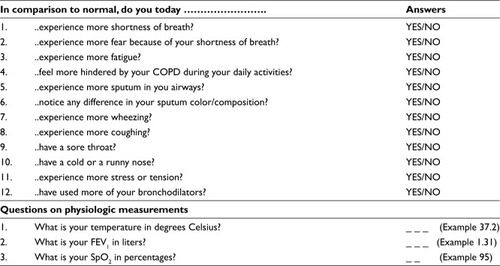
Figure 2 Expert decision model of ACCESS advice.
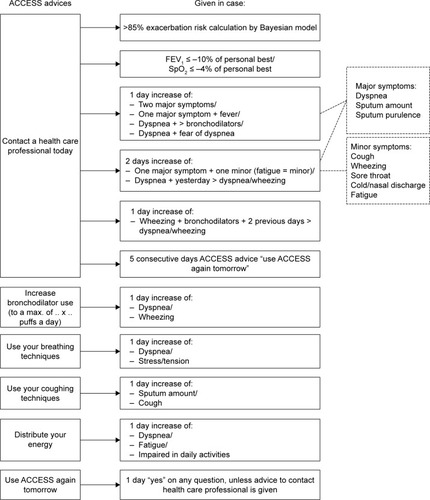
Table 1 Baseline characteristics of the study population (n=54) represented in mean (SD), median (IQR), or frequency (%)
Figure 4 Representation of percentages of times each advice was provided by ACCESS, based on 2,928 diary cards. On each day, more than one advice could be provided.
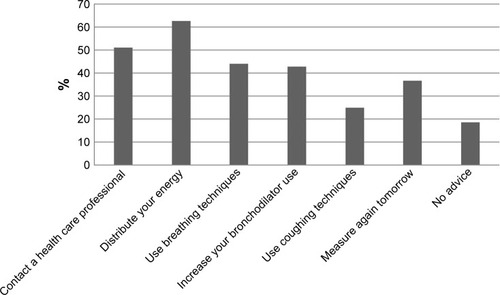
Table 2 Cross-tabulation of symptom-based exacerbationsTable Footnotea vs the advice to contact a health care professional given by ACCESS
Figure 5 Representation of reasons for ACCESS’ advice to contact a health care professional, in the absence of a symptom-based exacerbation (n=725). In each event, more than one reason may apply.
Abbreviation: ACCESS, Adaptive Computerized COPD Exacerbation Self-management Support; SpO2, peripheral capillary oxygen saturation; FEV1, forced expiratory volume in one second.
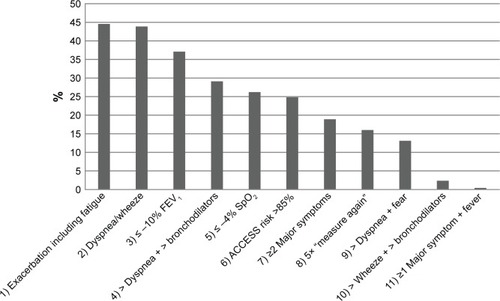
Table 3 Cross-tabulation of event-based exacerbationsTable Footnotea vs the advice to contact a health care professional given by ACCESS
Figure S1 Schematic presentation of the ACCESS system.
Abbreviation: ACCESS, Adaptive Computerized COPD Exacerbation Self-management Support.
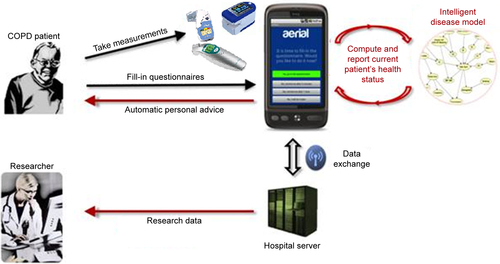
Figure S2 Schematic overview of the development of the Adaptive Computerized COPD Exacerbation Self-management Support (ACCESS) System.
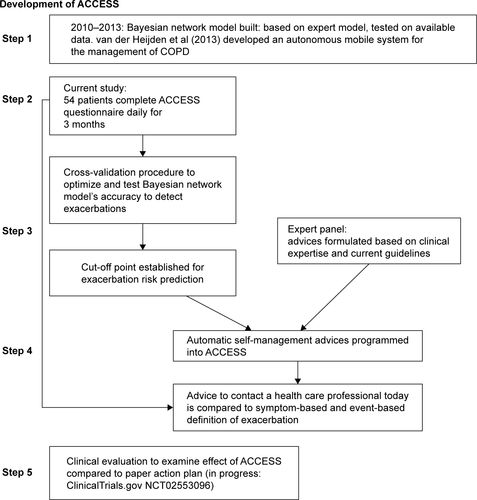
Figure S3 ROC curve of cutoff values of the Bayesian network model’s risk calculation to identify a symptom-based exacerbation.
Abbreviations: ROC, receiver operating curve; AUC, area under the curve.
